The Ranchmen's Club
Introduction
Text-to-speech Audio
Images
Ranchmen's Club, c. 1913
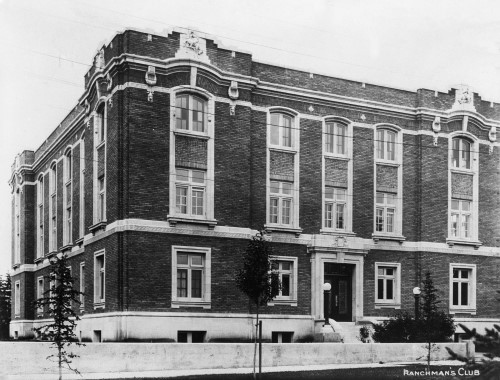
Beaulieu, 1891
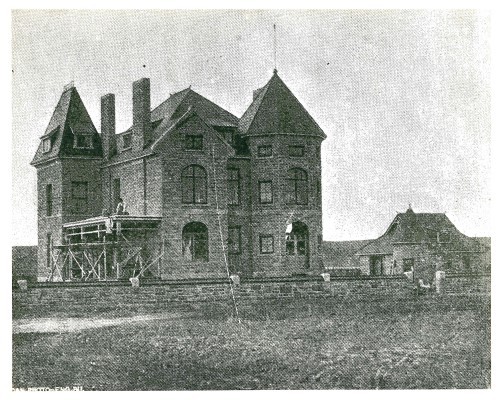
P.K. Page (middle) and her father and grandmother
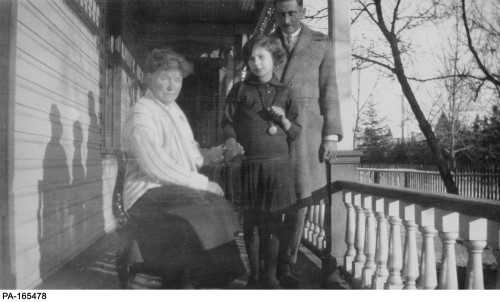
Maxwell Bates' childhood home, post 1912
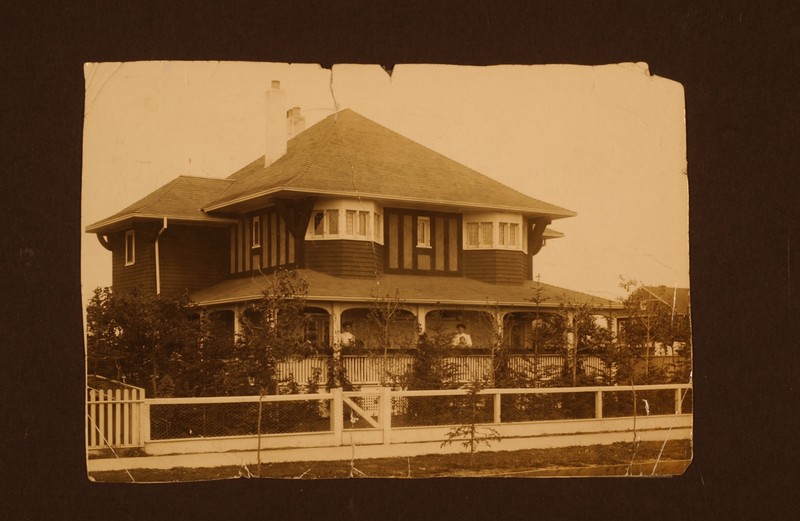
Isabel Paterson
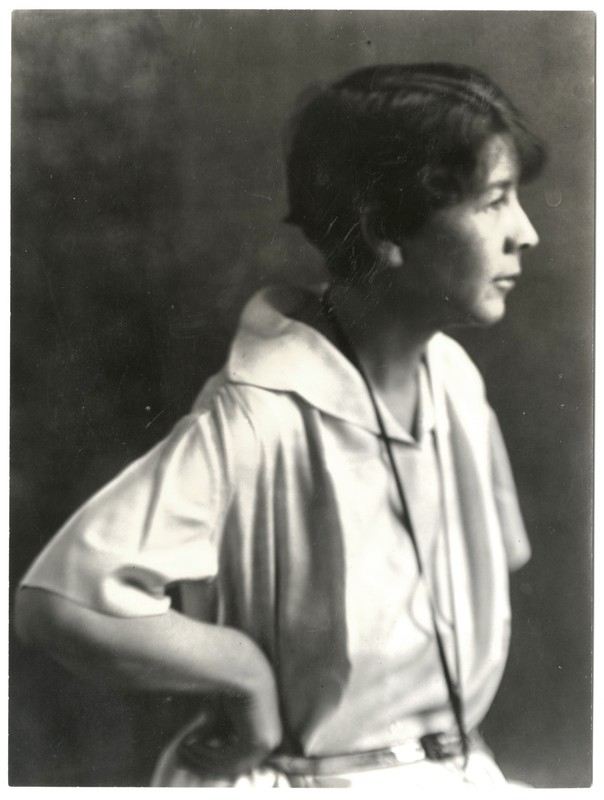
Backstory and Context
Author-Uploaded Audio
00:00 / 00:00
Listen to a narration of this entry's description by Lougheed House National & Provincial Historic Site User.
Text-to-speech Audio
We're at The Ranchmen's Club, across the street from the Lougheed House. Now, this gentleman's club was built in this location in 1914, on property that James Lougheed arranged for the club to buy. Before that, the club was a wood-frame house situated on three lots on 7th Avenue downtown, where The Bay parkade sits now. This iteration of the club has a cameo in a Calgary novel by Isabel Paterson. Isabel Paterson lived in Calgary from 1905-1910. She was a young, single, working woman and she was working at the heart of the action at the Lougheed-Bennett law firm on Stephen Avenue. She worked side-by-side with R.B. Bennett, a future prime minister of Canada. The narrator of her 1917 Calgary novel, The Magpie's Nest, is also a young woman like Isabel Paterson, living in booming Calgary before the Great War. Here is what she sees when she walks past the Ranchmen's Club on 7th Avenue:
"For instance, the Round-up Club. It was the club, as yet there was no country club, this was a purely masculine affair. A group of the men who had made money had organized, bought a little house, and were wont to sprawl on the verandah of it, smoking ostentatious cigars, and imbued with a terrific air of superiority. One could not doubt they felt superior, because they sat on that particular verandah. The verandah was also sacrosanct because they sat on it. This led nowhere, it was funny, but perplexing. Also, the Round-Up Club! The name alone - they were mostly fat and tubby gentlemen who would have been more than ill at ease on the hurricane deck of a bronco."
That's from Isabel Paterson's The Magpie's Nest, published in 1917. As a footnote, Isabel Paterson died in 1961, thirty years before the club admitted women in 1993.
I want to end with the building just to the west of the Ranchmen's Club, The Estate, the condominium tower that rises up next to it. Now, this was built in the early 1980s on the site of Maxwell Bates' childhood home. That house was an art nouveau-inspired building built in 1907 by Bates' architect father William S. Bates. William S. Bates designed many buildings in Calgary, including the Grain Exchange down 1st Street West and 9th Avenue, kitty-corner to the Palliser Hotel. So just a little bit about Bates' childhood neighbourhood here on 13th Avenue. When the Lougheeds built their house in 1891, this was the outskirts of town, and they were the only folks on 13th Avenue. But soon, super-wealthy Calgarians like William Roper Hull, Patrick Burns, and many other affluent citizens followed the Lougheeds' example, and this stretch of 13th Avenue for several blocks was dubbed "Millionaire's Row". Now today most of those homes are gone, of course Lougheed House is still standing, the Birkenshaw is still there, but this street would have been lined with beautiful homes like that, including the Bates' home. It was probably on the more modest scale on Millionaire's Row, but it was nonetheless a very striking and beautiful home. We can still peek inside that house thanks to P.K. Page. Page often visited the Bates in their home. As a child her family and the Bates were good friends. She writes about the Bates and their house in an 1988 essay. I'd like to read you a little snippet from that essay.
"It was the living room of the house that I remember especially. It was a long room, the entire end of which was a diamond-paned bow window, overlooking in summer a stretch of green lawn and a perennial border. It was in the bow window that tea was served, and my mother and Auntie Mae and Auntie Kit [Auntie Mae was Bates' mother, Auntie Kit an aunt] with their recently shingled heads, cloche hats, short skirts and cigarettes, sat among the cups and saucers - flappers. The green light from the garden dappled the three of them, the thin bread and butter, the caraway seed cake, and the two voluptuous white Persian cats that moved to their own slow music."
That's from an essay by P.K. Page called "Max and My Mother: A Memoir".
This excerpt from P.K.'s essay is a good place to wrap up our tour. Her essay reminds me that writers can take us beyond the city's surfaces into its interiors, back into its history, that they can add layers to our own experience of this place in the present. So thank you for joining me on this virtual tour of the Lougheeds' literary neighbourhood. Please stay safe and be well. Goodbye!
Cite This Entry
EB on behalf of Lougheed House National & Provincial Historic Site. "The Ranchmen's Club." Clio: Your Guide to History. December 4, 2020. Accessed April 26, 2025. https://theclio.com/tour/1713/9
Sources
.
Glenbow Archives and Special Collections, NA-1469-6
Glenbow Archives and Special Collections, NA-789-157
Library and Archives Canada PA-165478
Maxwell Bates fonds, Archives and Special Collections, University of Calgary
Herbert Hoover Presidential Library

